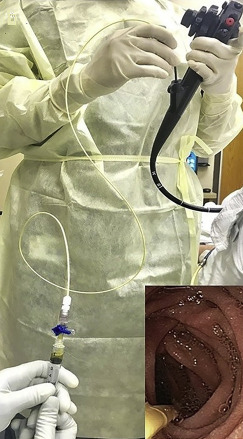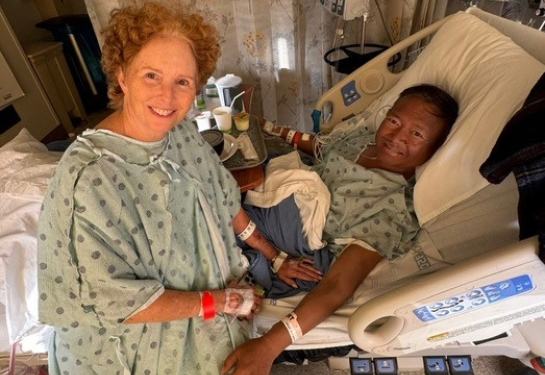UC Davis first in region to perform gold standard test for bacterial overgrowth
Small intestine aspirate procedure is most accurate test for SIBO

UC Davis Health is the first hospital in the region to perform a gold standard test to detect small-intestinal bacterial overgrowth, or SIBO. The small intestine aspirate procedure is much more accurate than breath tests, which have been used in the past to diagnose the condition.
The intestine aspirate procedure involves the use of an endoscope and is now the most specific and accurate test available.
“The diagnosis of SIBO has traditionally been challenging because symptoms alone are poor predictors of the condition and traditional tests lack accuracy,” said Hisham Hussan, associate professor of gastroenterology and hepatology, who performed the first small intestine aspirate procedure at UC Davis Health. “We are excited to offer this procedure so we can better treat patients and provide them relief from this common condition.”
We are excited to offer this procedure so we can better treat patients in the area and provide them relief from this common condition.” —Hisham Hussan
What is SIBO?
SIBO is an abnormal rise of bacteria in the small intestine. This can be problematic because the overgrowth may consist of bacteria either not usually found in the gastrointestinal tract or in higher amounts than usual.
SIBO slows the digestive process, so patients often have noticeable symptoms. Symptoms of SIBO can include:
- Abdominal distention
- Abdominal discomfort
- Bloating
- Diarrhea
- Flatulence
- Loss of appetite
- Weight loss
What is a small intestine aspirate procedure?
During a small intestine aspirate procedure, a doctor passes a long, flexible tube, called an endoscope, down a patient's throat and through their upper digestive tract to the small intestine. A sample of intestinal fluid is withdrawn and then tested in a laboratory for the growth of bacteria. If bacteria are present, then a diagnosis of SIBO is given and the patient is prescribed antibiotics.

Why is a small intestine aspirate procedure better than other tests for SIBO?
Alternative tests for SIBO include breath testing. During this test, a patient drinks a solution and breathes into a special breathalyzer. If the patient has bacterial overgrowth, it will show in the results and confirm a diagnosis of SIBO.
Although breath tests are often used as the first step in SIBO diagnosis, the results are often not as sensitive or specific, noted Hussan.
“Unfortunately, breath tests are only 60% accurate in diagnosing SIBO,” explained Hussan. “So, many patients who undergo a breath test will be misdiagnosed and not receive the treatment they need.”
Small bowel aspirate can also identify the right antibiotic choice for SIBO by testing the sensitivity of the grown bacteria to antibiotics.
In addition, the procedure can be used to diagnose Small Intestine Fungal Overgrowth or SIFO.





